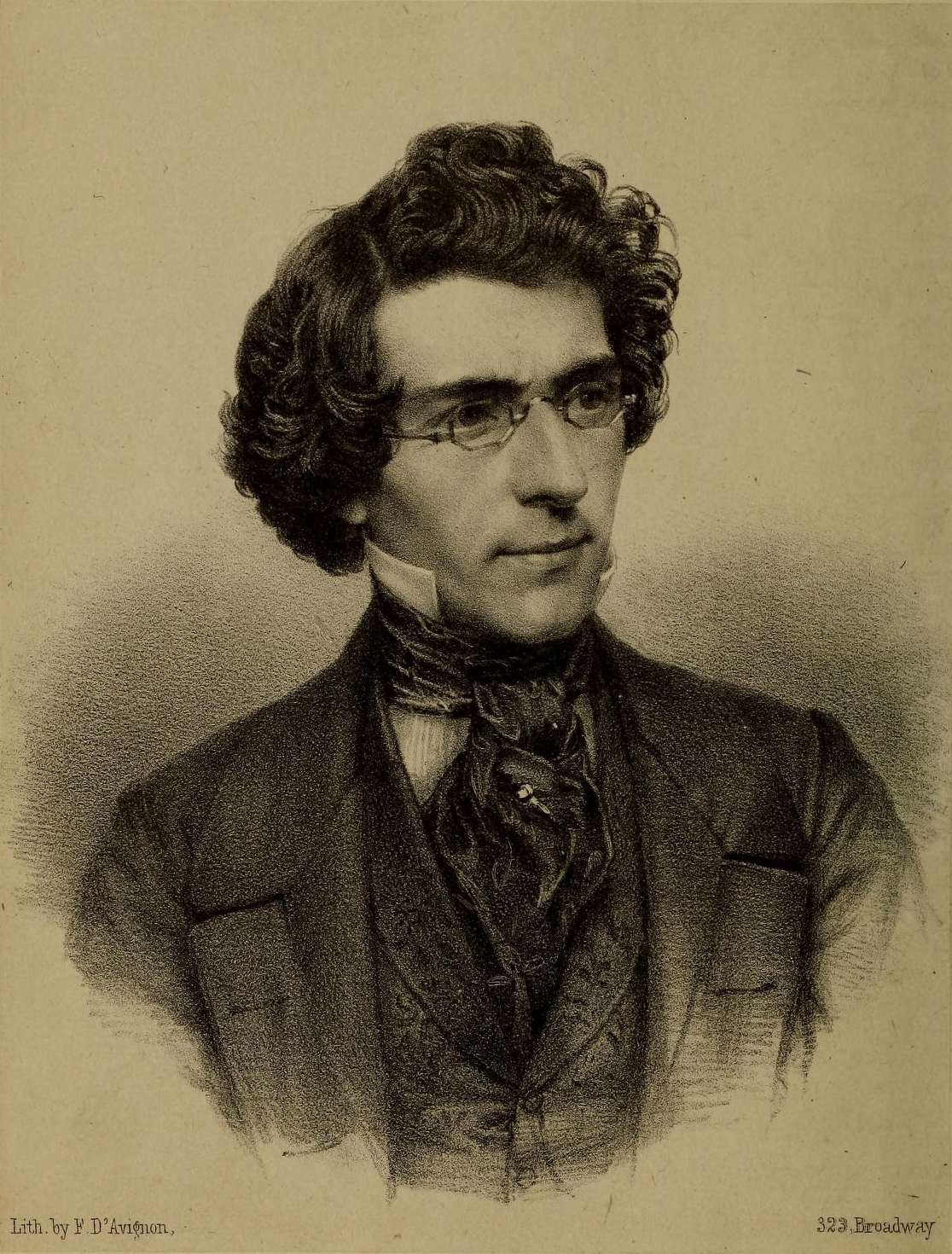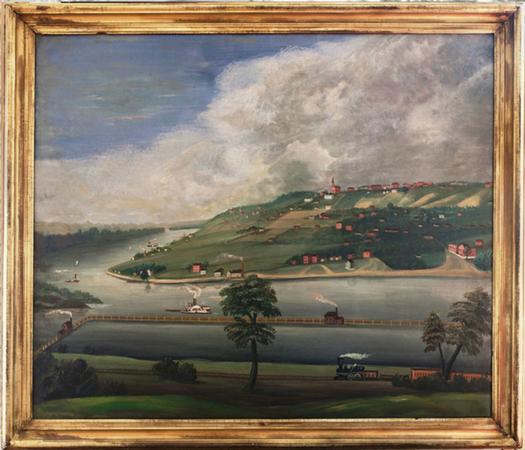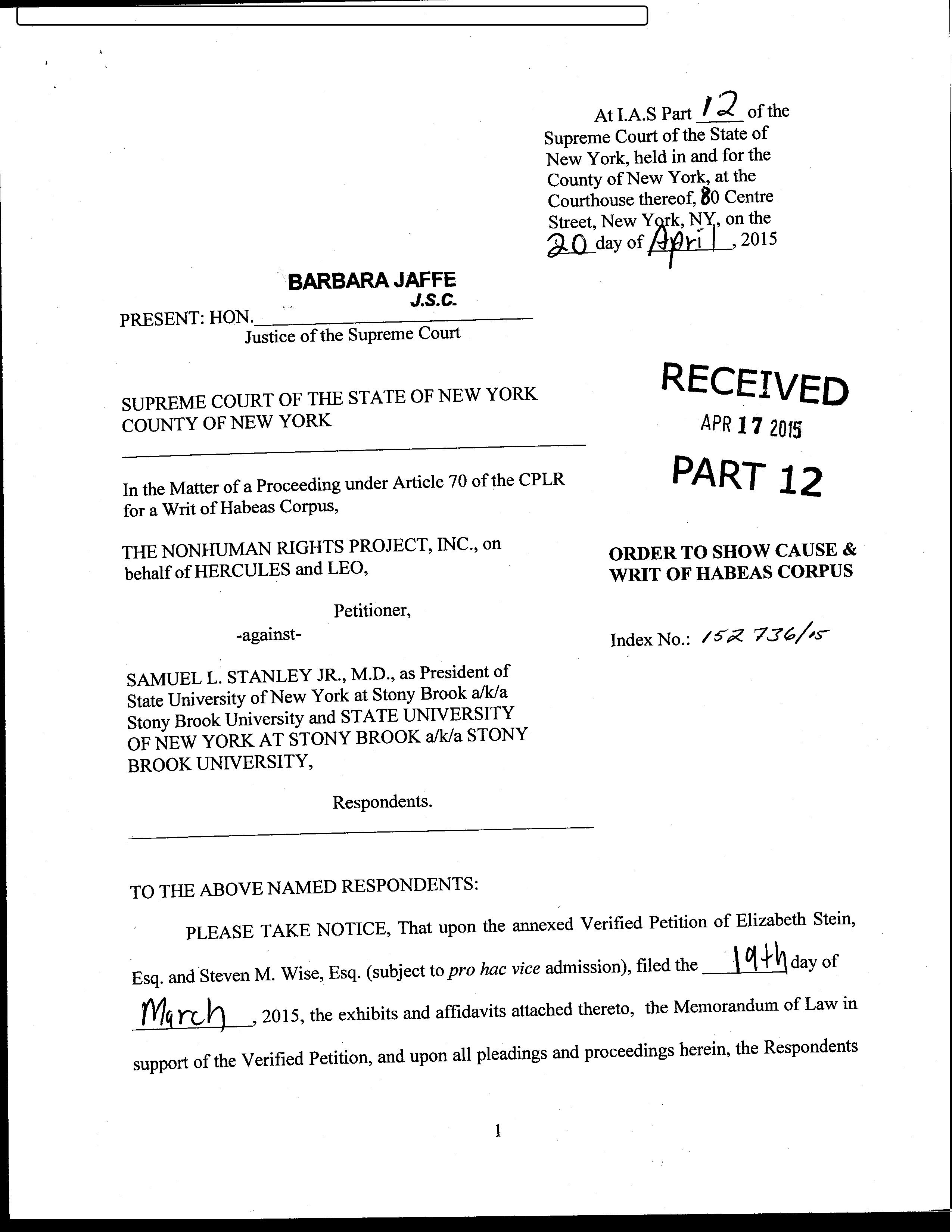|
Justin Butterfield
Justin Butterfield (1790 – October 23, 1855) served in 1849–1852 as commissioner of the General Land Office of the United States. Appointed to this position in 1849 by the incoming Zachary Taylor administration, he is best known for having faced down, and defeated, another Whig candidate for the same job, Abraham Lincoln. In the General Land Office, he was one of the leading adopters of the railroad land grant system for financing the construction of long-distance railroad infrastructure throughout the United States. He was also one of the foremost Gentile defenders of the rights of the Church of Jesus Christ of Latter Day Saints in Illinois during the final period of Joseph Smith's leadership at Nauvoo. Biography Justin Butterfield was born in Keene, New Hampshire in 1790. He entered Williams College at age seventeen; a work-study student, he simultaneously studied college-level courses and served as a schoolteacher, as was allowed by the laws of that day. Upon compl ... [...More Info...] [...Related Items...] OR: [Wikipedia] [Google] [Baidu] |
Mathew Brady
Mathew B. Brady ( – January 15, 1896) was one of the earliest photographers in American history. Best known for his scenes of the American Civil War, Civil War, he studied under inventor Samuel Morse, who pioneered the daguerreotype technique in America. Brady opened his own studio in New York City in 1844, and photographed Andrew Jackson, John Quincy Adams, and Abraham Lincoln, among other public figures. When the Civil War started, his use of a mobile studio and darkroom enabled vivid battlefield photographs that brought home the reality of war to the public. Thousands of war scenes were captured, as well as portraits of generals and politicians on both sides of the conflict, though most of these were taken by his assistants, rather than by Brady himself. After the war, these pictures went out of fashion, and the government did not purchase the master-copies as he had anticipated. Brady's fortunes declined sharply, and he died in debt. Early life Brady left little recor ... [...More Info...] [...Related Items...] OR: [Wikipedia] [Google] [Baidu] |
Nauvoo, Illinois
Nauvoo ( ; from the ) is a small city in Hancock County, Illinois, United States, on the Mississippi River near Fort Madison, Iowa. The population of Nauvoo was 950 at the 2020 census. Nauvoo attracts visitors for its historic importance and its religious significance to members of several groups: The Church of Jesus Christ of Latter-day Saints; the Community of Christ, formerly the Reorganized Church of Jesus Christ of Latter Day Saints (RLDS); other groups stemming from the Latter Day Saint movement; and the Icarians. The city and its immediate surrounding area are listed on the National Register of Historic Places as the Nauvoo Historic District. History The area of Nauvoo was first called Quashquema, named in honor of the Native American chief who headed a Sauk and Fox settlement numbering nearly 500 lodges. By 1827, white settlers had built cabins in the area. By 1829 this area of Hancock County had grown sufficiently so that a post office was needed and in 1832 the t ... [...More Info...] [...Related Items...] OR: [Wikipedia] [Google] [Baidu] |
Mexican–American War
The Mexican–American War, also known in the United States as the Mexican War and in Mexico as the (''United States intervention in Mexico''), was an armed conflict between the United States and Mexico from 1846 to 1848. It followed the 1845 American annexation of Texas, which Mexico still considered its territory. Mexico refused to recognize the Velasco treaty, because it was signed by President Antonio López de Santa Anna while he was captured by the Texan Army during the 1836 Texas Revolution. The Republic of Texas was ''de facto'' an independent country, but most of its Anglo-American citizens wanted to be annexed by the United States. Sectional politics over slavery in the United States were preventing annexation because Texas would have been admitted as a slave state, upsetting the balance of power between Northern free states and Southern slave states. In the 1844 United States presidential election, Democrat James K. Polk was elected on a platform of expand ... [...More Info...] [...Related Items...] OR: [Wikipedia] [Google] [Baidu] |
Habeas Corpus
''Habeas corpus'' (; from Medieval Latin, ) is a recourse in law through which a person can report an unlawful detention or imprisonment to a court and request that the court order the custodian of the person, usually a prison official, to bring the prisoner to court, to determine whether the detention is lawful. The writ of ''habeas corpus'' was described in the eighteenth century by William Blackstone as a "great and efficacious writ in all manner of illegal confinement". It is a summons with the force of a court order; it is addressed to the custodian (a prison official, for example) and demands that a prisoner be brought before the court, and that the custodian present proof of authority, allowing the court to determine whether the custodian has lawful authority to detain the prisoner. If the custodian is acting beyond their authority, then the prisoner must be released. Any prisoner, or another person acting on their behalf, may petition the court, or a judge, for a ... [...More Info...] [...Related Items...] OR: [Wikipedia] [Google] [Baidu] |
War Of 1812
The War of 1812 (18 June 1812 – 17 February 1815) was fought by the United States of America and its indigenous allies against the United Kingdom and its allies in British North America, with limited participation by Spain in Florida. It began when the United States declared war on 18 June 1812 and, although peace terms were agreed upon in the December 1814 Treaty of Ghent, did not officially end until the peace treaty was ratified by Congress on 17 February 1815. Tensions originated in long-standing differences over territorial expansion in North America and British support for Native American tribes who opposed US colonial settlement in the Northwest Territory. These escalated in 1807 after the Royal Navy began enforcing tighter restrictions on American trade with France and press-ganged men they claimed as British subjects, even those with American citizenship certificates. Opinion in the US was split on how to respond, and although majorities in both the House and ... [...More Info...] [...Related Items...] OR: [Wikipedia] [Google] [Baidu] |
Freedom Of Speech
Freedom of speech is a principle that supports the freedom of an individual or a community to articulate their opinions and ideas without fear of retaliation, censorship, or legal sanction. The right to freedom of expression has been recognised as a human right in the Universal Declaration of Human Rights and international human rights law by the United Nations. Many countries have constitutional law that protects free speech. Terms like ''free speech'', ''freedom of speech,'' and ''freedom of expression'' are used interchangeably in political discourse. However, in a legal sense, the freedom of expression includes any activity of seeking, receiving, and imparting information or ideas, regardless of the medium used. Article 19 of the UDHR states that "everyone shall have the right to hold opinions without interference" and "everyone shall have the right to freedom of expression; this right shall include freedom to seek, receive, and impart information and ideas of all kinds, ... [...More Info...] [...Related Items...] OR: [Wikipedia] [Google] [Baidu] |
Libel
Defamation is the act of communicating to a third party false statements about a person, place or thing that results in damage to its reputation. It can be spoken (slander) or written (libel). It constitutes a tort or a crime. The legal definition of defamation and related acts as well as the ways they are dealt with can vary greatly between countries and jurisdictions (what exactly they must consist of, whether they constitute crimes or not, to what extent proving the alleged facts is a valid defence). Defamation laws can encompass a variety of acts: * Insult against a legal person in general * Defamation against a legal person in general * Acts against public officials * Acts against state institutions (e.g., government, ministries, government agencies, armed forces) * Acts against state symbols * Acts against the state itself * Acts against religions (e.g., blasphemy, discrimination) * Acts against the judiciary or legislature (e.g., contempt of court, censure) Histo ... [...More Info...] [...Related Items...] OR: [Wikipedia] [Google] [Baidu] |
Schoharie, New York
Schoharie ( ) is an incorporated Administrative divisions of New York#Town, town in and the county seat of Schoharie County, New York, Schoharie County, New York (state), New York. The population was 3,299 at the 2000 census. The Town of Schoharie has a village, also called Schoharie (village), New York, Schoharie. Both are derived from the Mohawk language, Mohawk word for driftwood. The town is on the northeast border of the county and is southwest of Albany, New York, Albany, and east of Oneonta, New York, Oneonta and Cooperstown, New York, Cooperstown, both located in Otsego County, New York, Otsego County. It is 170 miles [273 km] north from New York City, NYC. History This area was long occupied by indigenous peoples; in the historic period, the Mohawk people, one of the Five Nations of the ''Haudenosaunee,'' or Iroquois Confederacy, dominated this territory, ranging up to the St. Lawrence River and east to the Hudson. Although the English claimed New York province after ... [...More Info...] [...Related Items...] OR: [Wikipedia] [Google] [Baidu] |
New Orleans
New Orleans ( , ,New Orleans Merriam-Webster. ; french: La Nouvelle-Orléans , es, Nueva Orleans) is a Consolidated city-county, consolidated city-parish located along the Mississippi River in the southeastern region of the U.S. state of Louisiana. With a population of 383,997 according to the 2020 U.S. census, it is the List of municipalities in Louisiana, most populous city in Louisiana and the twelfth-most populous city in the southeastern United States. Serving as a List of ports in the United States, major port, New Orleans is considered an economic and commercial hub for the broader Gulf Coast of the United States, Gulf Coast region of the United States. New Orleans is world-renowned for its Music of New Orleans, distinctive music, Louisiana Creole cuisine, Creole cuisine, New Orleans English, uniq ... [...More Info...] [...Related Items...] OR: [Wikipedia] [Google] [Baidu] |
Adams, New York
Adams is a town in Jefferson County, New York, United States. Named after President John Adams, the town had a population of 5,143 at the 2010 census. The town contains a village also named Adams. The village and town are south of Watertown. History Settlement began around 1800 at Adams village. David Smith built a sawmill at the present site of Adams in 1801. Renamed for John Adams in 1802 (the year after his presidency ended), the town of Adams was created from the survey townships of Aleppo and Orpheus. The eastern part of Adams was taken in 1804 to form the town of Rodman. During the War of 1812, the town of Adams formed a local militia for home defense. The Talcott Falls Site was listed on the National Register of Historic Places in 1974. Geography According to the United States Census Bureau, the town has an area of , of which are land and , or 0.36%, are water. Interstate 81 is a major north-south highway through the middle of Adams. It has three interchanges within ... [...More Info...] [...Related Items...] OR: [Wikipedia] [Google] [Baidu] |
Egbert Ten Eyck
Egbert Ten Eyck (April 18, 1779 in Schodack, Rensselaer County, New York – April 11, 1844 in Watertown, Jefferson County, New York) was an American lawyer and politician from New York. In the mid-1820s, he served parts of two terms in the U.S. House of Representatives. Early life Ten Eyck was born on April 18, 1779, in Schodack, New York. He was the son of Anthony E. Ten Eyck (1739–1816) and Maria (née Egbert) Ten Eyck (1748–1819). His father was a member of Constitutional Convention of 1787, judge of Rensselaer County and member of the New York State Senate. He had several siblings including Anthony Ten Eyck (1784–1859), Jacob A. Ten Eyck (1781–1859), Coenraad Anthony Ten Eyck (1789–1845), Sheriff of Albany County. His paternal grandparents were Catharine (nee Cuyler) Ten Eyck (1709–1790) and Jacob Coenraedt Ten Eyck (1705–1793), who served as Mayor of Albany from 1748 to 1750 and was a member of Albany’s Committee of Safety during the Revolutionary ... [...More Info...] [...Related Items...] OR: [Wikipedia] [Google] [Baidu] |
Read Law
Reading law was the method used in common law countries, particularly the United States, for people to prepare for and enter the legal profession before the advent of law schools. It consisted of an extended internship or apprenticeship under the tutelage or mentoring of an experienced lawyer. The practice largely died out in the early 20th century. A few U.S. states still permit people to become lawyers by reading law instead of attending law school, although the practice is rare. In this sense, "reading law" specifically refers to a means of entering the profession, although in England it is still customary to say that a university undergraduate is "reading" a course, which may be law or any other. __TOC__ History United States In colonial America, as in Britain in that day, law schools did not exist at all until Litchfield Law School was founded in 1773. Within a few years following the American Revolution, some universities such as the College of William and Mary and the U ... [...More Info...] [...Related Items...] OR: [Wikipedia] [Google] [Baidu] |





.jpg)
